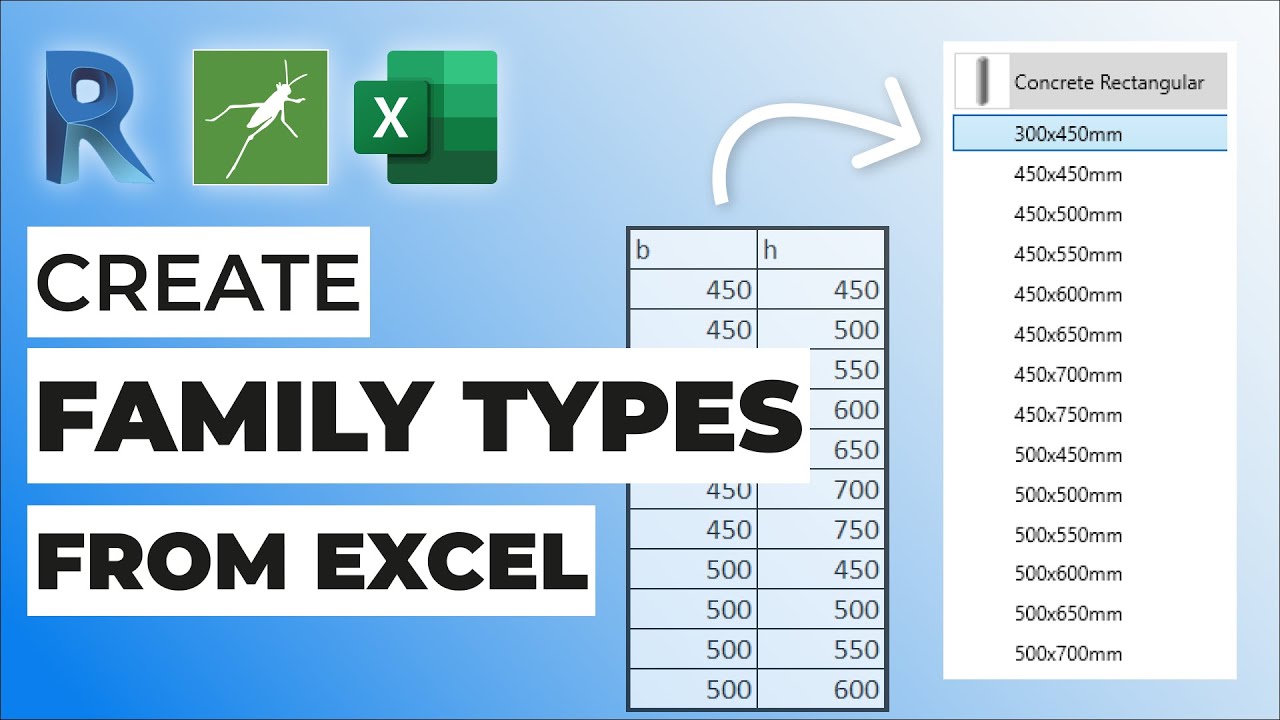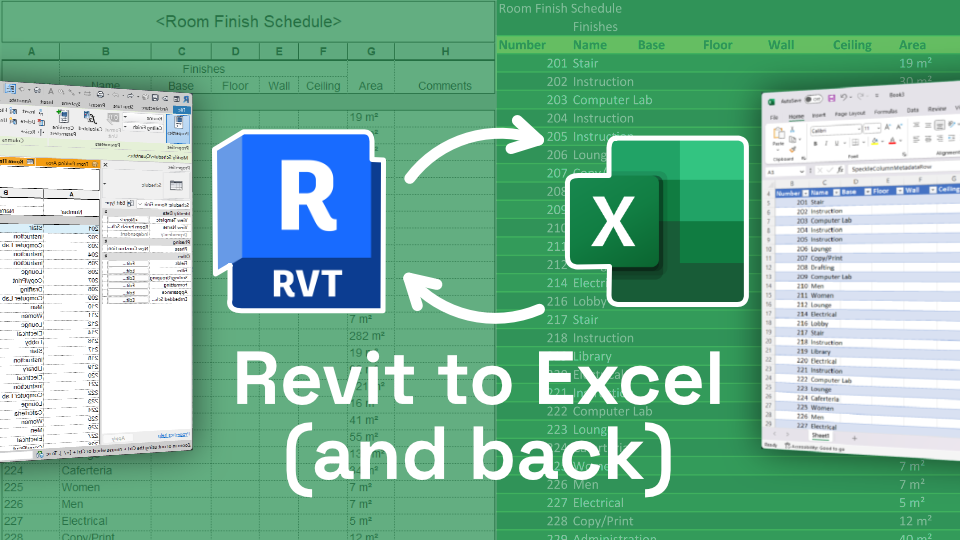Make Best Use Of Efficiency with Premier Revit Plugins
Wiki Article
Revit Accelerator: Excel Integration Strategies for Enhancing Efficiency and Collaboration
Are you looking to boost your performance and partnership while using Revit? Look no more! In this post, we will explore the advantages of incorporating Excel into your Revit workflows. Discover just how you can improve your procedures, make the most of cooperation, and even discover advanced techniques for raising performance. Plus, we will share finest practices for effortlessly integrating Excel right into your Revit projects. Obtain ready to supercharge your Revit experience with our Revit Accelerator: Excel Combination Strategies!Advantages of Excel Integration in Revit
The benefits of Excel combination in Revit are various and can considerably boost performance and partnership. By flawlessly connecting these two effective devices, you can simplify your workflow and save useful time. With Excel assimilation, you can easily import and export data in between Revit and Excel, permitting you to leverage the staminas of both programs.
Another benefit of Excel combination is the capacity to develop dynamic schedules and reports. By linking your Revit model to an Excel spreadsheet, any modifications made in Revit will immediately upgrade in the matching Excel data. This makes it very easy to create current timetables, quantity takeoffs, and various other task documentation.
Excel integration in Revit also enables better collaboration among employee. With the capacity to import and export information, you can conveniently share info with colleagues who may not have access to Revit. This advertises reliable interaction and permits much better control and decision-making.
Simplifying Operations With Revit and Excel
Simplifying operations with Revit and Excel can substantially boost performance and cooperation. By incorporating the capacities of Revit and Excel, you can effortlessly move information between the two applications, eliminating the need for manual information access and minimizing the threat of errors.
Using Revit and Excel together permits you to utilize the staminas of each program - revit plugins. You can export information from Revit right into Excel, where you can do complicated calculations, create graphs and graphes, and analyze the information in an extra efficient and well organized way. On the other hand, you can import information from Excel right into Revit, enabling you to promptly upgrade your models and documents based on adjustments made in Excel
The combination of Revit and Excel likewise promotes cooperation among employee. By sharing Excel files, you can quickly team up and interact on layout and construction-related data. This boosts sychronisation and ensures that every person is dealing with one of the most updated details.
Maximizing Partnership With Excel and Revit
To make best use of partnership with Excel and Revit, you can flawlessly upgrade and share design and construction-related information with your group. With just a few clicks, you can import Excel spread sheets into your Revit version, allowing you to conveniently access and control the data.One of the vital benefits of making use of Excel in conjunction with Revit is the ability to update data in both programs simultaneously. Any type of modifications made in Excel will instantly be mirrored in Revit, and the other way around. This ensures that everyone is dealing with the most up-to-date information, avoiding complication and conserving useful time.
In addition, Excel gives effective devices for assessing and organizing data, which can significantly improve your partnership efforts. You can create custom reports and graphes in Excel, assisting you to envision and connect crucial job info efficiently. This can be particularly useful when presenting information to stakeholders or making notified decisions based upon task metrics.
Advanced Techniques for Boosting Performance in Revit Utilizing Excel
By utilizing advanced strategies in Revit, you can significantly raise your efficiency by leveraging the power of Excel. One of the vital methods for boosting performance is by utilizing Excel as an information administration tool. With Revit's Excel assimilation feature, you can connect Excel spreadsheets directly to your Revit version, enabling you to conveniently take care of and upgrade data. This integration allows you to create timetables, calculate amounts, and carry out information analysis successfully.
Additionally, you can utilize Excel macros to automate recurring tasks in Revit (revit tool). Macros permit you to tape-record a series of actions and play them back with a single click, saving you time and initiative. You can create a macro to immediately produce space timetables or upgrade criterion worths in bulk.
Ideal Practices for Excel Integration in Revit
Making Use Of Excel as a data monitoring tool in Revit permits for efficient administration and updating of data. By integrating Excel into your Revit process, you can enhance your procedures and enhance performance. One of the most effective practices for Excel integration in Revit is to create a clear and organized information framework. This suggests developing your Excel spreadsheets with columns and rows that line up with the specifications and categories in your Revit project. By doing so, you can easily import and export data in between Revit and Excel without any kind of complication. An additional ideal technique is to utilize formulas and functions in Excel to automate calculations and information adjustment. This can conserve you time and make sure precision in your information administration. Furthermore, it is necessary to on a regular basis upgrade your Excel spreadsheets and sync them with your Revit project. By doing this, any type of modifications made in Revit will certainly be reflected in your Excel documents, and the other way around. By complying with these best practices, you can successfully use Excel as a data monitoring device in Revit and increase your productivity and cooperation.Conclusion
In verdict, integrating Excel with Revit can substantially enhance productivity and collaboration in the design process. By leveraging the power of Excel, Revit users can accomplish greater levels of productivity and collaboration in their projects.With Excel integration, you can easily import and export data between Revit and Excel, allowing you to leverage the strengths of both programs.
One of the essential advantages revit tools of Excel integration is the ability to use Excel formulas and features within Revit. By connecting your Revit design to an Excel spread sheet, any type of adjustments made in Revit will automatically update in the equivalent Excel documents. On the various other hand, you can import information from Excel into Revit, enabling you to rapidly update your versions and documents based on modifications made in Excel.
With Revit's Excel combination feature, you can link Excel spread sheets straight to your Revit model, allowing you to conveniently take care of and update data.
Report this wiki page